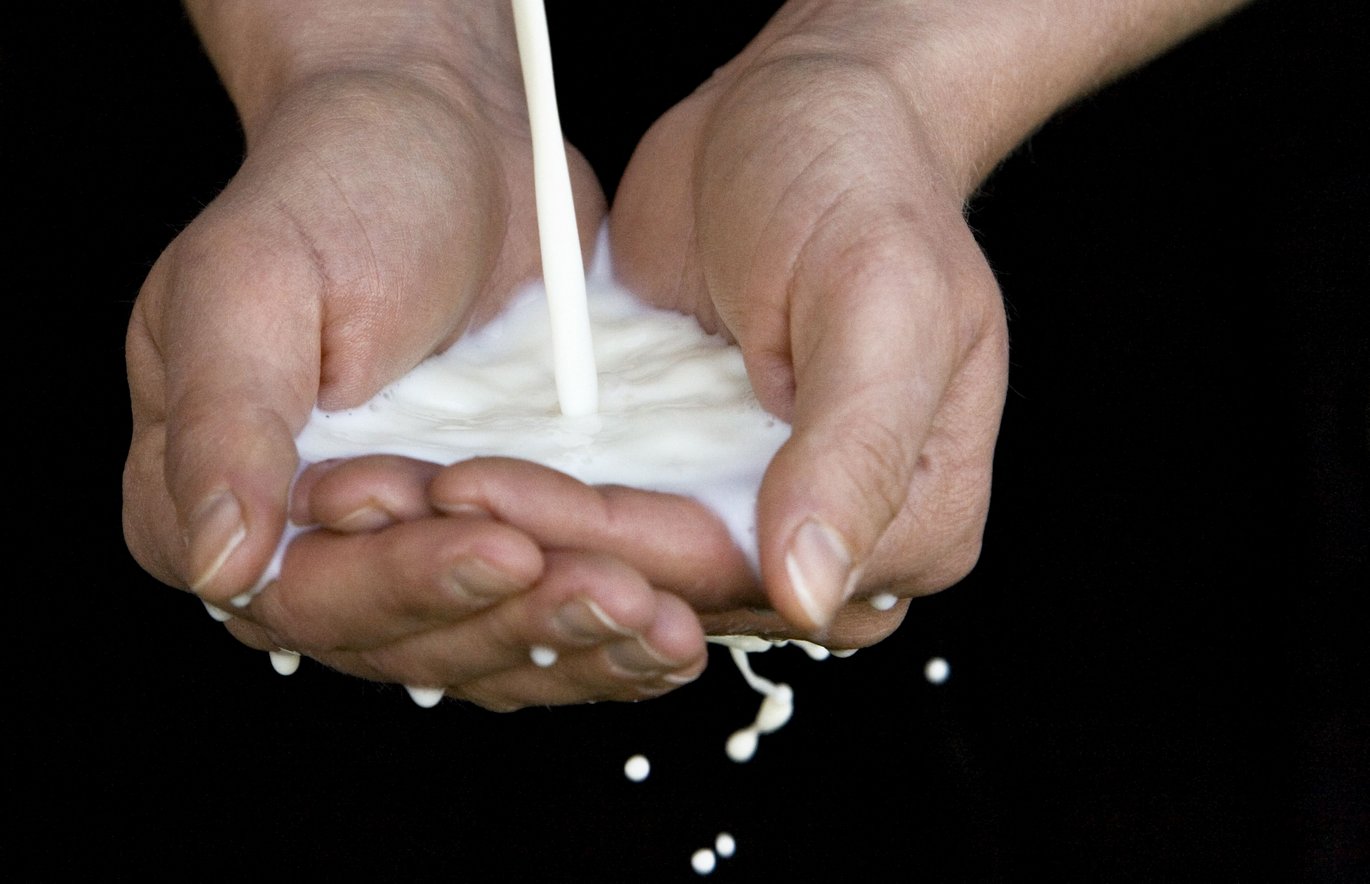Growing market for lactose-free milk
A growing market for lactose-free products leads to a need for more knowledge in the area in order to produce dairy products of the highest quality. This is the main topic of a new research project.

The market for lactose-free products is growing which is very positive for the dairy industry, but at the same time the production of particularly lactose-free milk presents some technological challenges in relation to aroma and flavour. In a new project – and in collaboration with Arla Foods – scientists from Aarhus University will attempt to map the chemical reactions that cause aroma and flavour deficiencies in lactose-free milk and thus optimize the production of lactose-free dairy products.
- It is a common problem that aroma and flavour in lactose-free milk deteriorate during storage and that this shortens the shelf life of the milk. It is, however, not completely clear why this happens, says PhD student Therese Jansson.
Increasing demand
The demand for lactose-free products is increasing nationally as well as internationally. In Denmark the increase is due to the fact that more Danes feel they have a higher tolerance for reduced-lactose products, while in other countries milk consumption has increased rapidly. China is one of the countries that have experienced a steep rise in milk consumption in recent years.
- In China about 70-80 percent of the population suffer from lactose intolerance and the market for lactose-free milk is therefore much higher, says Therese Jansson.
Lactose intolerance is caused by a lack in the body of the enzyme that breaks down lactose in the small intestines. This means that the person with the enzyme deficiency is not able to absorb the lactose from the intestinal canal. Instead, the lactose will ferment in the colon and result in symptoms such as bloating, stomach pains and diarrhoea.
Mapping of the formation of aroma compounds
Lactose-free milk may be a solution for a number of people, and it is produced via several processes. Initially, the milk is filtered, which removes most of the lactose. Next, it is heat-treated, a necessary process in relation to both quality and shelf life. Finally, an enzyme is added which is also found in the intestines of people not suffering from lactose intolerance.
In the project, the scientists will use different techniques to investigate how the production processes for lactose-free milk affect the formation of aroma compounds. They will, for instance, look at the effect of different methods of heat treatment as milk quality is very dependent on the technique used.
- In order to clarify what happens to the lactose-free milk during filtration, heat treatment and storage, it is important to find the cause of the formation of desirable and undesirable flavours, says Therese Jansson.
The project is a collaboration between Aarhus University and Arla Foods and it is financed by the Danish Dairy Research Foundation, Future Food Innovation, Arla Foods and Aarhus University.
Further information: PhD student Therese Jansson, Department of Food Science, telephone: +45 8715 8305, e-mail: therese.jansson@agrsci.dk
